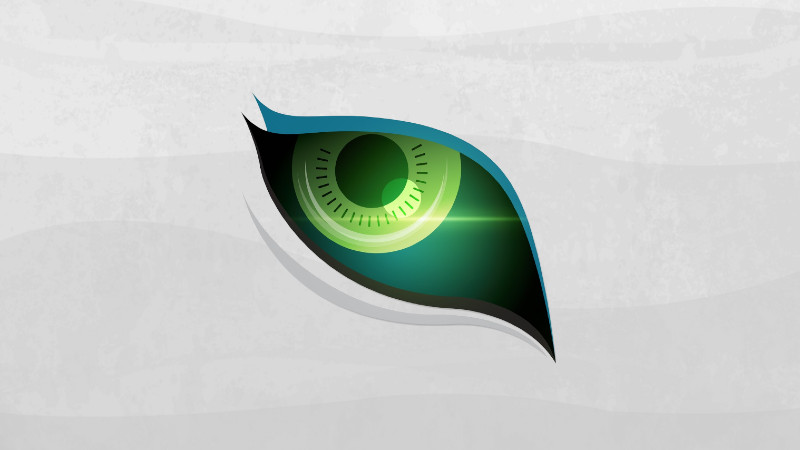Team KongDoo
Team KongDoo is one of the younger South Korean esports organizations. Founded in 2016, it has competitive rosters for League of Legends esports (LoL), FIFA, Hearthstone, and Overwatch.

Team KongDoo in League of Legends
KongDoo entered the League of Legends scene by acquiring the e-mFire lineup in the middle of the 2016 LCK Spring Split. Unfortunately, the team they backed was already sitting on a 1-7 record, and a new sponsor didn’t change much. KongDoo finished their first split dead-last. This meant they had to take part in the Promotion Tournament where they got knocked out of the league by MVP.
But their story didn’t end there. KongDoo fought through the Challengers Korea league to requalify for the big league. But LCK’s level of competition was once again too hard for them to handle. KongDoo faltered in the regular split and got relegated by Ever8 Winners in another Promotion Tournament.
And again, they didn’t give up. KongDoo clawed their way through the 2017 CK Summer Split, defeating Ever8 Winners and BBQ Olivers to make it back into the 2018 LCK season.
KongDoo Roster
KongDoo’s current roster includes Roach in the top lane, U Jun in the jungle, Edge and Han in the mid lane, SSol in the AD carry role, and Secret in the support position. As a last-place team, KongDoo often have to settle for promising up-and-comers instead of signing star players.
KongDoo Playstyle
KongDoo lack a distinct playstyle. Their players are shaky in the laning phase, but they’re not much better in the later stages of the game. And the fact that KongDoo seem lost when making late game decisions puts them at a huge disadvantage against other LCK lineups.
Team KongDoo International Results
Surprisingly enough, KongDoo do have notable international showings. They were invited to IEM Gyeonggi where they made it all the way to the Finals before losing 1-3 to Samsung Galaxy.
This result earned them a seed at the IEM Season 11 LoL World Championship. There, KongDoo faced a much higher level of competition and were knocked out of the tournament after losing to Unicorns of Love and G2 Esports.














